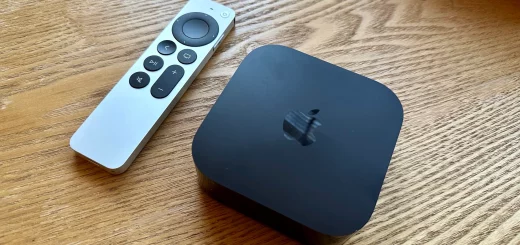Explaining Interleaving
Interleaving on networks is an error-correction technique which can be used to correct data loss in packets sent over networks. It works by spreading out data bits across several packets, so data loss can be reversed by the client. Interleaving can be advantageous to poor-quality lines; The disadvantage to interleaving is that it adds considerable latency time to a network.
For a detailed understanding of interleaving, imagine three packets. In this example, the bits in each packet will be spread out to the two packets  before and after the packet in question. If the central packet is lost, no actual data is lost because the client is able to decode the interleaved message and retrieve all the data. If interleaving was not enabled, the specific packet of data would have to be re-sent by the server.
before and after the packet in question. If the central packet is lost, no actual data is lost because the client is able to decode the interleaved message and retrieve all the data. If interleaving was not enabled, the specific packet of data would have to be re-sent by the server.
The graphic on the right will help you understand interleaving, although it is simplified; packets will carry more than one bit. However, it does correctly show that the bits are extended into neighboring packets. The reason interleaving increases latency on a network is because larger packets will not contain all the bits which [should] belong to them, and the client will have to wait for future packets to be able to decode packets already received.


